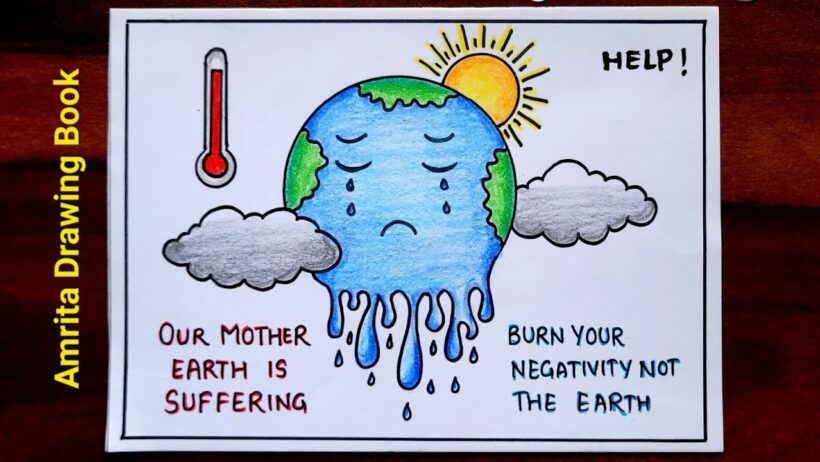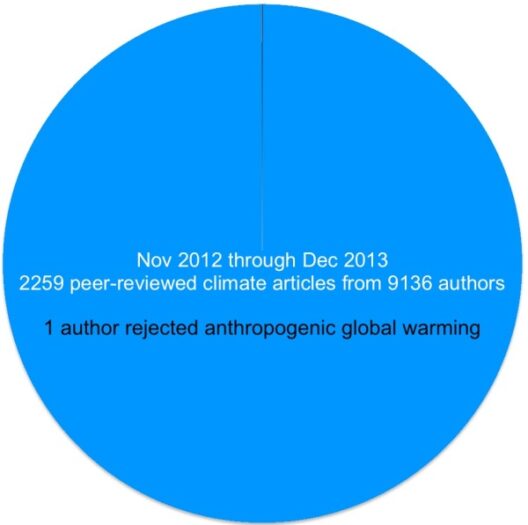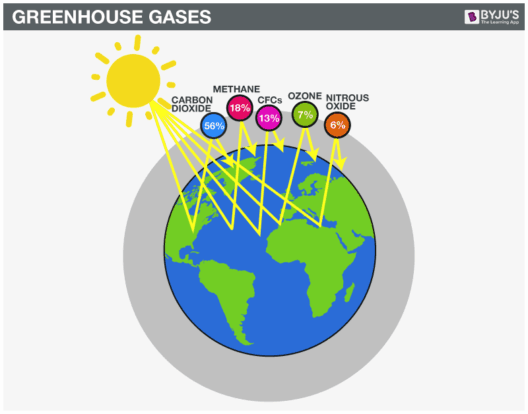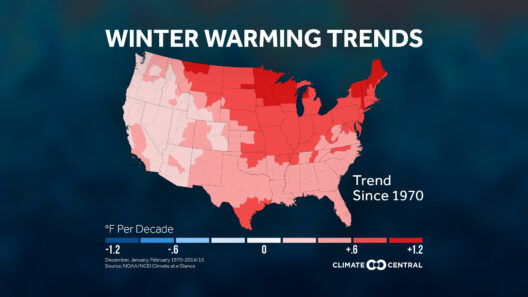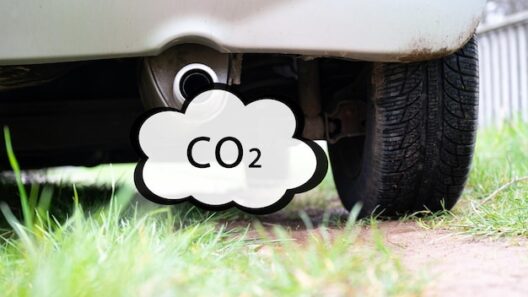Global warming is perhaps the most pressing environmental issue facing our planet today. With increasing temperatures, rising sea levels, and extreme weather events, it is vital for individuals to take concise actions toward addressing climate change. This article explores practical ways to contribute to the climate movement, empowering you to make a tangible difference in the battle against global warming.
Understanding the implications of global warming is critical. A significant rise in greenhouse gas emissions, primarily from human activities, has led to catastrophic impacts on ecosystems, communities, and future generations. However, it is not too late. Action starts with awareness and culminates in everyday choices that can collectively lead to remarkable change.
By adopting conscious behaviors and supporting sustainable practices, anyone can play a part in combatting climate change. Below are some effective strategies and solutions for individuals looking to contribute meaningfully to the climate movement.
Rethinking Mobility: Drive Less, Walk More
Transportation is a major contributor to carbon emissions. By re-evaluating how we move, we can significantly reduce our carbon footprint. Consider these alternatives:
1. Embrace Public Transportation: Public transit systems are designed to carry many passengers simultaneously, reducing the number of vehicles on the roads. Utilizing buses, subways, and trains can significantly decrease your personal carbon output.
2. Opt for Carpooling: Sharing rides not only reduces emissions but also helps alleviate traffic congestion. Find local carpool networks or engage with colleagues to create shared commuting plans.
3. Use Bicycles and Walking: For shorter trips, bicycles and walking serve as zero-emission options. They are not only environmentally friendly but also beneficial for personal health and well-being.
By embracing these transportation alternatives, individuals can play a crucial role in minimizing carbon emissions from vehicles.
Energy Conservation: Simple Steps to Save Power
Energy consumption in homes and businesses significantly contributes to greenhouse gas emissions. Increasing energy efficiency can lead to profound reductions in energy use:
1. Switch to Renewable Energy: If possible, consider utilizing renewable energy sources. Solar panels, wind energy, and hydroelectric systems can dramatically decrease reliance on fossil fuels.
2. Upgrade to Energy-Efficient Appliances: Investing in high-efficiency appliances can lead to lower energy bills and reduced energy consumption. Look for the ENERGY STAR label as a benchmark for efficiency.
3. Practice Smart Lighting Habits: Replace incandescent bulbs with energy-efficient LED options. Additionally, utilize natural light whenever possible to illuminate spaces, decreasing the need for electric lighting.
By implementing these energy-saving strategies, consumers can significantly shrink their ecological footprint while promoting sustainable practices.
Conscious Consumption: Making Mindful Choices
Every purchase we make has environmental implications. By being discerning consumers, we can influence markets toward sustainability:
1. Support Local and Sustainable Products: Choose to buy from local farmers and businesses that prioritize sustainable methods. This reduces transportation emissions and supports the local economy.
2. Reduce, Reuse, Recycle: Adopt a circular approach to products and materials. Limit single-use plastics, recycle whenever possible, and support brands that prioritize sustainability in their packaging and production processes.
3. Integrate a Plant-Based Diet: The production of meat and dairy products is resource-intensive and significantly contributes to carbon emissions. Transitioning to a more plant-based diet can mitigate these effects and promote an eco-friendlier food system.
By changing consumption habits, individuals can drive demand for sustainable goods and practices, directly impacting industries.
Advocacy and Education: Spreading the Word
While individual actions are essential, collective advocacy amplifies their impact. Engaging with community efforts and campaigns can lead to significant social change:
1. Join Local Environmental Groups: Collaborate with organizations dedicated to environmental preservation. Participating in activism and community initiatives can drive policy changes and increase awareness about climate issues.
2. Engage in Political Advocacy: Support policymakers committed to climate action. Voting for environmental measures and lobbying for significant changes can strengthen legislative action against climate change.
3. Educate Others: Knowledge is a powerful tool in the fight against global warming. Share information with friends and family, host discussions, or write articles to raise awareness about climate change and sustainability.
By standing together and using our voices to promote climate advocacy, we can create a movement that holds industries and governments accountable for their contributions to global warming.
Conclusion: Every Action Counts
Ultimately, stopping global warming requires a concerted effort from all quarters of society. Simple lifestyle changes, energy efficiency, mindful consumption, and dedicated advocacy can form the bedrock of a robust climate movement. When individuals collectively commit to making conscious decisions, the potential for transformative change is leaded significantly.
Addressing climate change may seem daunting, but every action taken in pursuit of a sustainable future is a step in the right direction. By proactively engaging in these straightforward practices, we can mitigate the adverse effects of global warming and pave the way for a greener, healthier planet for generations to come.



